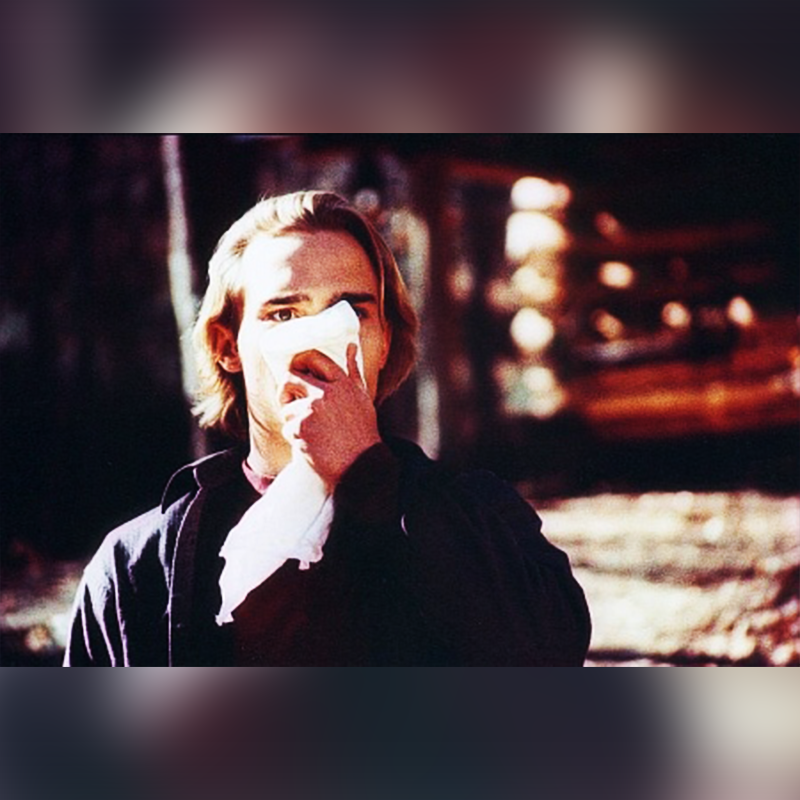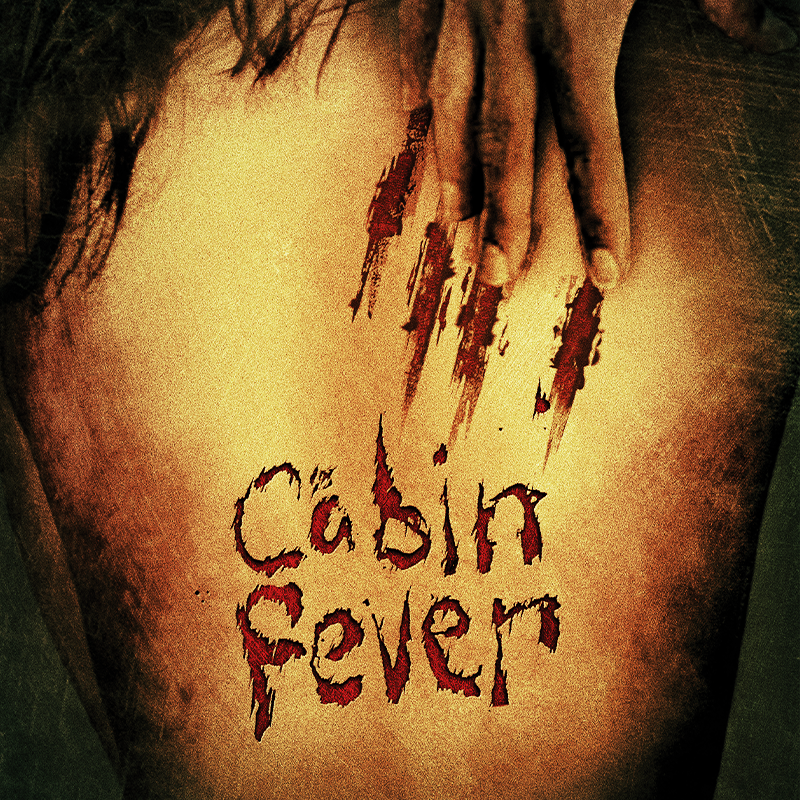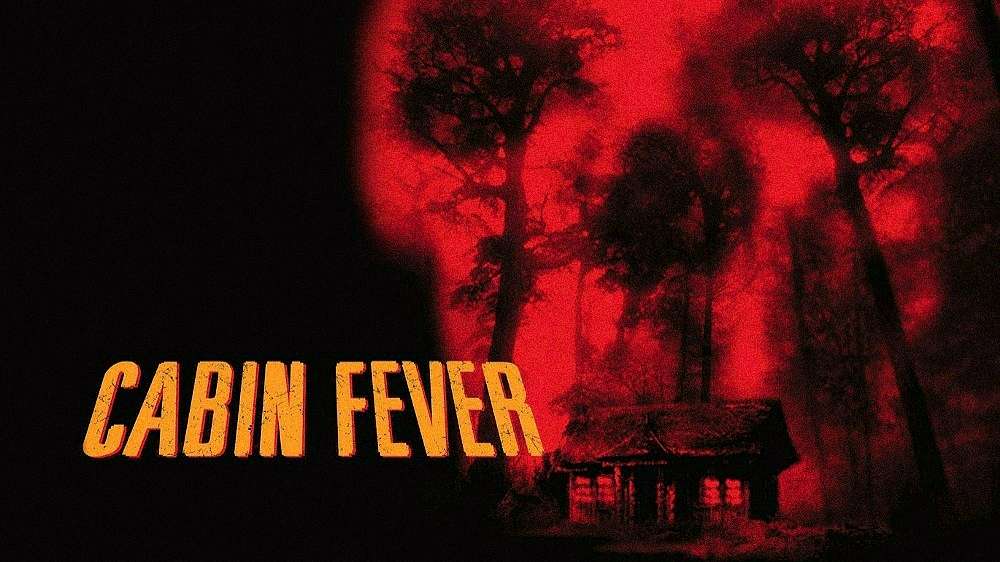When Henry (Arie Verveen) goes for a walk in the woods, he finds his hunting dog dead from some form of blood infection. He, too, becomes infected after interacting with the blood leaking from the dog. After meeting Henry, viewers meet five recent college graduates who have decided to rent a cabin in the woods during spring break, hoping to spend some time partying and drinking. On their way, they make a quick pit stop at a local convenience store and discover that the people within the community are extremely strange with odd behaviours.
Arriving at the cabin, the group settles in. Some decide to go hunting, others hang out on a nearby jetty, and others choose to be together. While everyone is doing their own thing, one of the group members finds Henry badly bleeding and suffering in the woods. Henry tries to leave by stealing the group’s car but ends up vomiting blood and severely damaging the group’s vehicle. Meanwhile, whatever disease has affected Henry continues to lurk around the woods. Now, this group of five must work together to stay alive and somehow escape the cabin in the woods before it’s too late.

Cabin Fever is best described as a horror film with minor thriller aspects. Many moments are deeply uncomfortable to watch due to the creepiness, violence, and bloody gore. There’s a basic premise here, but I can’t deny that, thanks to the director Eli Roth, what seems like lazy storytelling becomes highly effective, particularly when the main characters begin developing mistrust and questioning what’s causing the disease in the first place. The creative use of practical effects to create gore is impressive and looks highly convincing.

Sadly, while Cabin Fever carries a few exciting elements, it suffers in certain areas. I found the majority of side characters who interact with the leads deeply silly, almost as if they are in a parody horror film and lack seriousness and depth. Our leads sometimes are cliché, but it’s expected given the kind of horror film this is. Some cuts between scenes felt unnatural, abrupt, and disjointed. The ending is a mixed bag, with some minor details needing to be fully explained. That said, I found the after-credit scenes rewarding and a perfect lead into the second film.

Overall, I can’t deny it; for a feature-length directional debut from Eli Roth, Cabin Fever does carry some uncomfortably good moments, even though the storyline and the concept have great qualities on a superficial level. There are a few respectful nods to other classic horror films like it, and the plot outline creates a significant amount of tension with wacky comedy mixed in. The editing between scenes sometimes feels unusual, and the ending and final moments left me with mixed-bag feelings.
5.9/10
15th April 2023
Written by Peter Walkden



WALKDEN ENTERTAINMENT
PODCASTS ARE AVAILABLE!



0 Comments